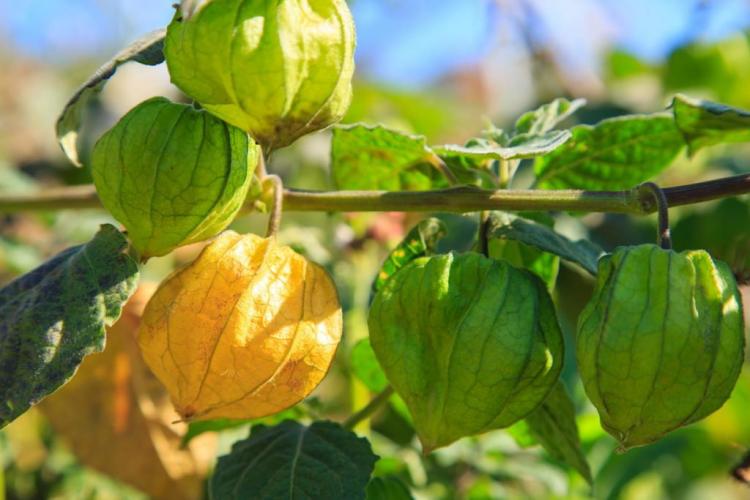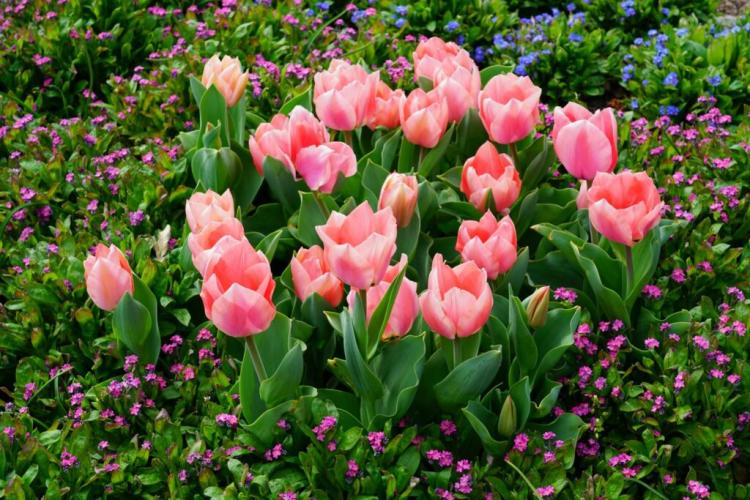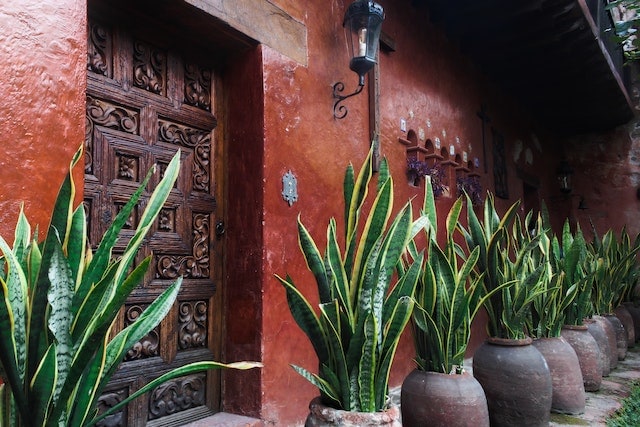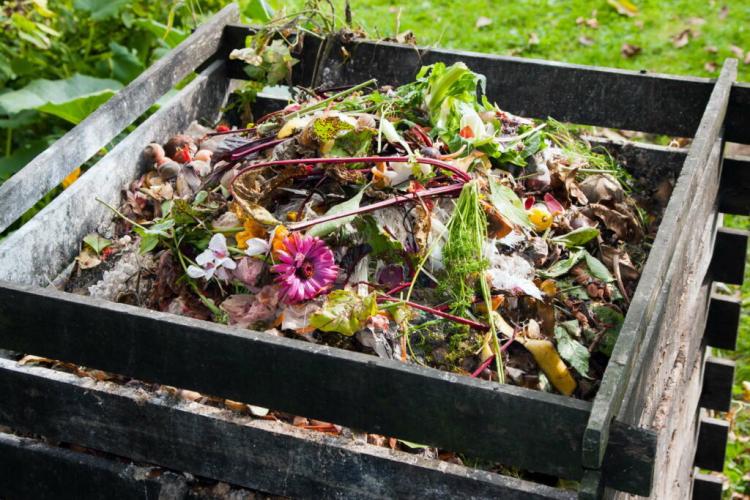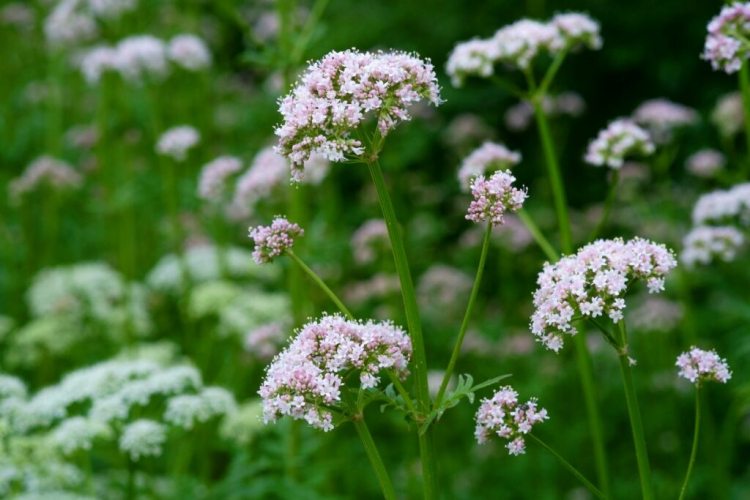Woodruff: Profile And Care
The aromatic woodruff is very popular as a syrup, especially in spring. All important information about the woodruff – from the origin to the cultivation and harvest – you can find out here. Woodruff (Galium odoratum), also called Fragrant cleavers, belongs to the family of the redness plants (Rubiaceae) and can be found as a perennial forest plant especially in shady deciduous forests and beech and mixed deciduous forests.
But woodruff can also be grown in the garden. The very original woodruff Galium odoratum, which grows wild in our country, is used for cultivation. The woodruff does not have a large selection of varieties. In the southern alpine forests, one finds a distantly related species, the Turin woodruff ( Asperula taurina ), also known as the Turin master. It is bigger than our local woodruff and its flowers smell wonderfully of jasmine.
Woodruff: origin and characteristics
Table of Contents
The white flowering forest shrub, which is best known for its maypole, can be found at an altitude of up to 1,400 meters in northern and central Europe as well as in western Siberia, North Africa, and some Asian countries such as China, Japan, and Kazakhstan. The woodruff was mentioned in Germany as early as 854, when the Benedictine monk Wandalbertus from the Eifel reported that he and his brothers inaugurated May with a woodruff punch. The name “woodruff” is possibly a derivation from the Latin word matrisylva, which means something like ” wood motherwort”. However, the herb also has many other names that can vary greatly from region to region.
Woodruff is a green, wintering, perennial, herbaceous plant that forms short runners and spreads over a large area. It can reach a height of up to 30 centimeters and has a green, square stem on which the light to medium green leaves are arranged in whorls. Each whorl consists of six to eight lanceolate, elongated, four centimeter long leaves with a clearly visible main vein. The small, white, and star-shaped flowers, which are arranged in umbels, appear between April and May.
Buy woodruff: what should you watch out for?
Woodruff can be purchased in the form of seeds or as a potted plant. Some time must be planned for your own sowing because woodruff grows rather cautiously at the beginning.
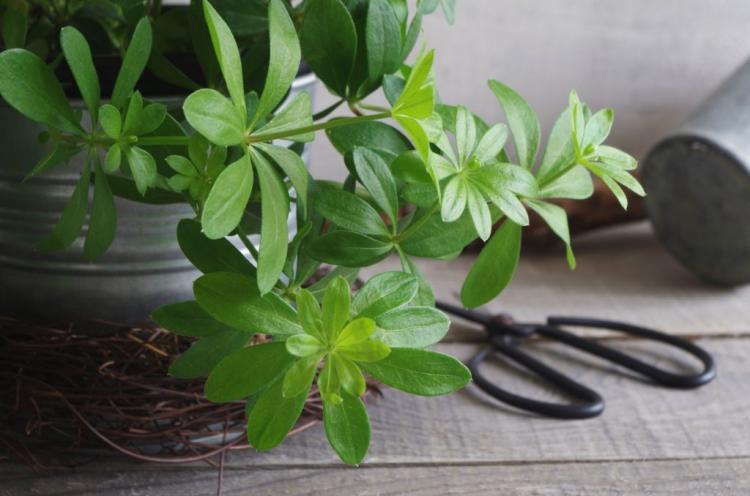
You can find seeds and potted plants in hardware stores, garden centers, nurseries, and online mail-order companies. When buying potted plants, it is worth purchasing high quality: therefore make sure that the leaves are strong, not too soft, and appear too light green. If you see woodruff in bloom in autumn, you’d better keep your hands off him. These plants are not well prepared for winter and would freeze to death very quickly if there was frost. Naturally, there are also seeds for woodruff free of charge, because harvesting the seeds is not forbidden. Another good option is to carefully dig up and transplant small parts of the plants.
How to plant woodruff
Woodruff is sown or planted in shady places and moist soils. Young plants love a layer of mulch on the ground that keeps the soil moist. Woodruff can only tolerate small amounts of fertilizer, which should primarily be organic. Compost or organic universal fertilizer, for example, is ideally suited for this purpose.
To successfully plant woodruff, it is worth taking a look at the forest. This is where the perennial plant takes its roots under natural conditions. Woodruff prefers a partially shaded to a shady spot and moist and chalky soil. It particularly likes to cover the ground below deciduous trees. For sowing, which takes place from mid-September to February, the seeds are covered half a centimeter with soil. In spring, the young plants can then be separated in a row at a distance of 20 centimeters.
You might so like: How To Grow Spinach: Culture Guide And The Best Tips
Alternatively, you can buy the woodruff already in a pot and place the plants in the ground between March and October at a planting distance of 40 centimeters. If you don’t have enough space, woodruff can also be cultivated in the bucket, for example on the balcony, without any problems. Then make sure that the moisture-loving plant does not dry out. In addition, your balcony should ideally face east or north so that the forest shrub is not exposed to the blazing sun for too long.
Summary: How is woodruff planted?
- Sowing: mid-September to February
- Row spacing: 25 cm
- Plant out potted plants between March and October
- Plant spacing: 40 cm

Maintaining woodruff: everything for watering, cutting, and fertilizing
Woodruff is robust, less susceptible to diseases or pests and generally only has low demands. However, there are a few things you should keep in mind for successfully growing the woodruff. As a real wild perennial from the forest, for example, the soil must be always sufficiently moist. Lack of water has a very negative effect on the plant. You should therefore check the ground regularly, especially if it has not rained for a long time. Woodruff in pots must be provided with water all the more carefully.
Since the woodruff is a perennial, it sprouts anew every year. He takes the strength for this from his rhizomes, the underground sprouts, and storage organs. It is not necessary to prune the herbaceous plant, but it is possible to cut off the edges with a spade if the ground cover has grown too wide. The resulting parts can then be given away or transplanted to another suitable place in the garden.
As far as nutrient intake is concerned, the woodruff is extremely frugal. In the first year after sowing or planting, it does not need any additional nutrients. In the second year, the herb can be supplied with a small amount of compost or a primarily organic fertilizer in spring. This provides the plant with all the important nutrients over a long period of time and is completely animal-free.
How can you harvest and store woodruff?
If the woodruff is to be eaten, it is harvested before flowering, between March and April. At this point, the content of the poorly digestible coumarin glycosides is the lowest. Woodruff for bouquets or as a remedy for moths can be harvested between spring and autumn. The woodruff is dried or frozen for storage.
If the woodruff is to be eaten, the time of harvest is closely related to the flowering. This is due to the coumarin glycosides, which are present in the whole plant and which, if consumed in excess, can lead to complaints such as headaches or drowsiness. The content is highest during flowering, which is why it is best to harvest immediately before flowering. The period for this is roughly between March and April.
You might so like: What Is Fenugreek Used For: Everything About Use Of The Medicinal Plant
For harvesting, you can use a knife or scissors with which you cut the stems and leaves just above the ground. After the harvest, the herb has to wither overnight so that it develops its typical aroma. After this step, the woodruff is dried and placed in airtight jars for storage. But the aromatic plant can also be stored in the freezer and in this way retains its strong aroma even better.
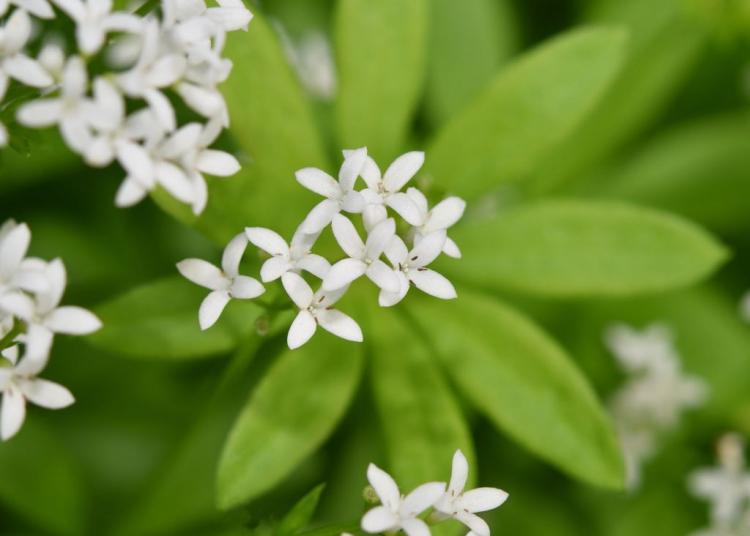
Woodruff is classified as slightly too hardly poisonous. Noticeable complaints can only arise when consuming very large quantities, but the occasional use of the usual quantities is not a problem at all. Most foods with a woodruff flavor also no longer contain real woodruff.
The woodruff contains coumarin glycosides, which are converted into coumarin when the plant wilts and then escapes. This allows you to perceive the typical woodruff odor. In large quantities, this substance can lead to headaches, dizziness, or even drowsiness, but because large quantities are required for this, the plant is considered to be little or hardly toxic. Most foods with a woodruff flavor only contain artificial flavors and lemonades and sweets, which are particularly popular with children, may no longer be flavored with real woodruff.
Taste and use of woodruff
Woodruff is very popular in Germany. Hardly in any other country is the spice tree used as much as it is here. The typical aroma, which is created by the secondary plant substance coumarin, is often used in a variety of ways in the kitchen and gives food and drinks that certain something. For example, the aromatic herb can be found in the woodruff punch, but it can also be used to refine syrup, schnapps, ice cream, or desserts such as the bright green jelly.

Woodruff is also used as a medicinal plant. If coumarin causes symptoms in high doses, low doses are said to help with headaches and migraines and to have an antispasmodic effect. As a medicinal herb, woodruff is often used as a tea, for example. In combination with lemon balm, this is said to help against insomnia.

